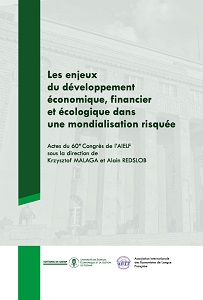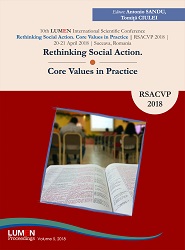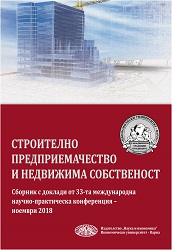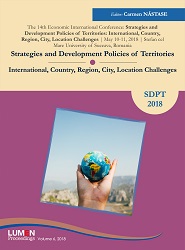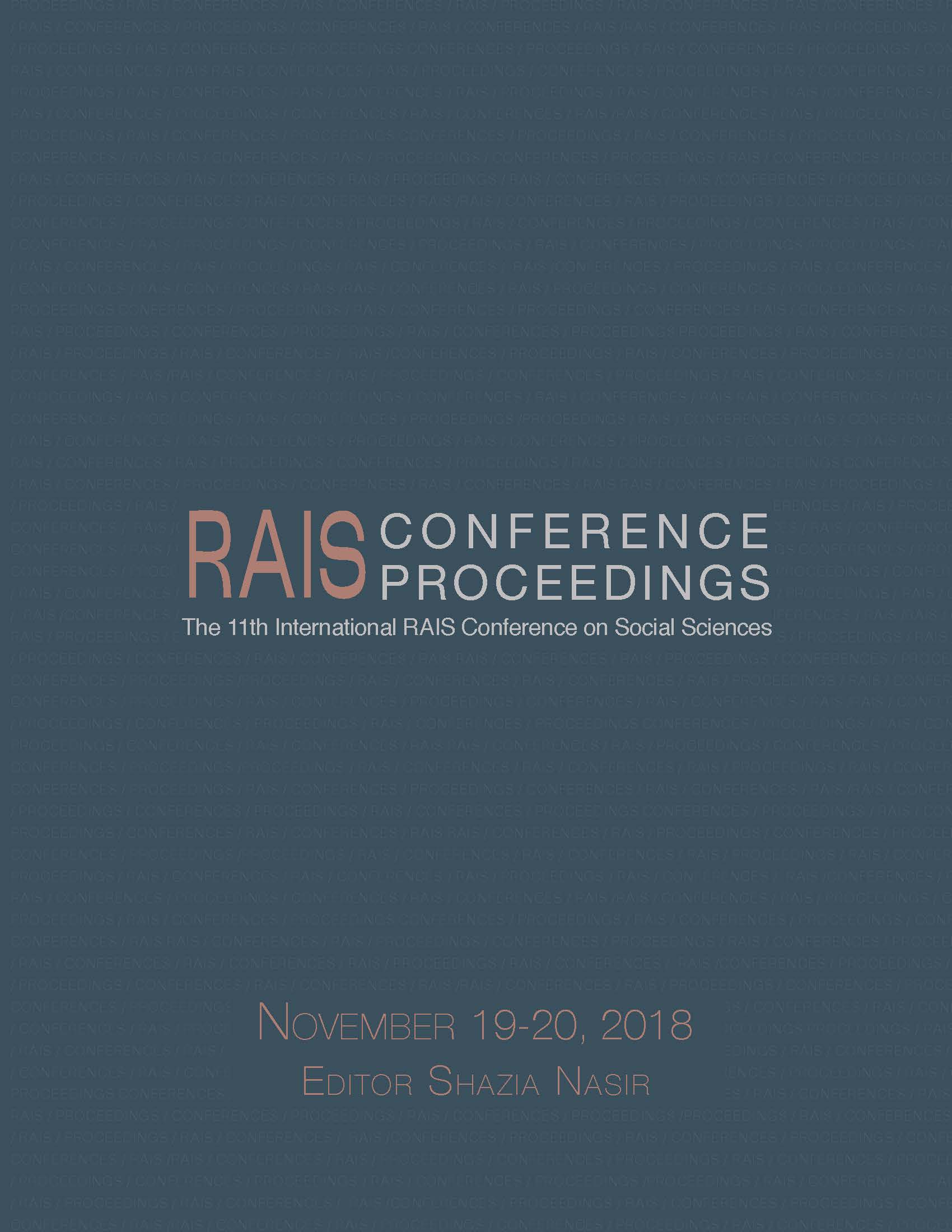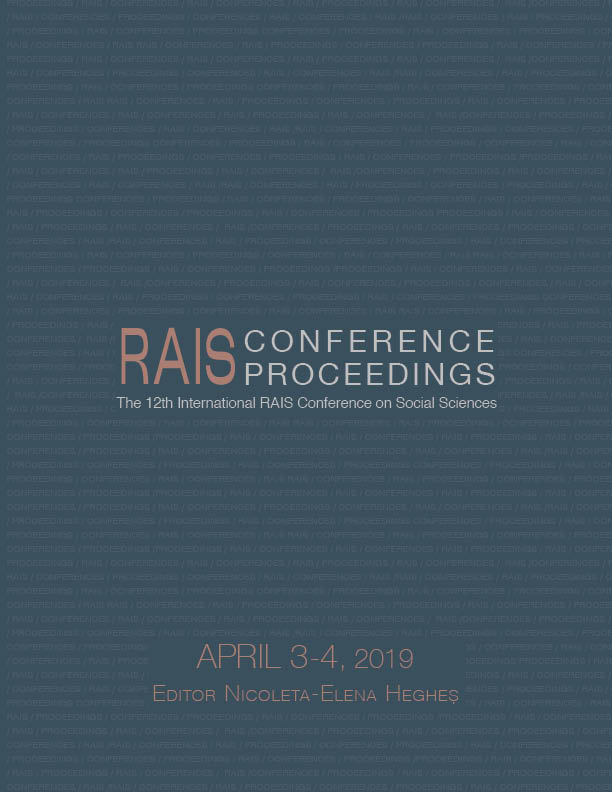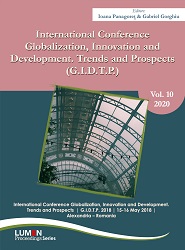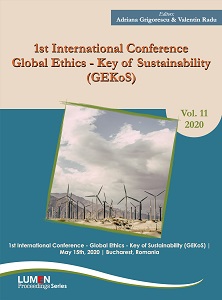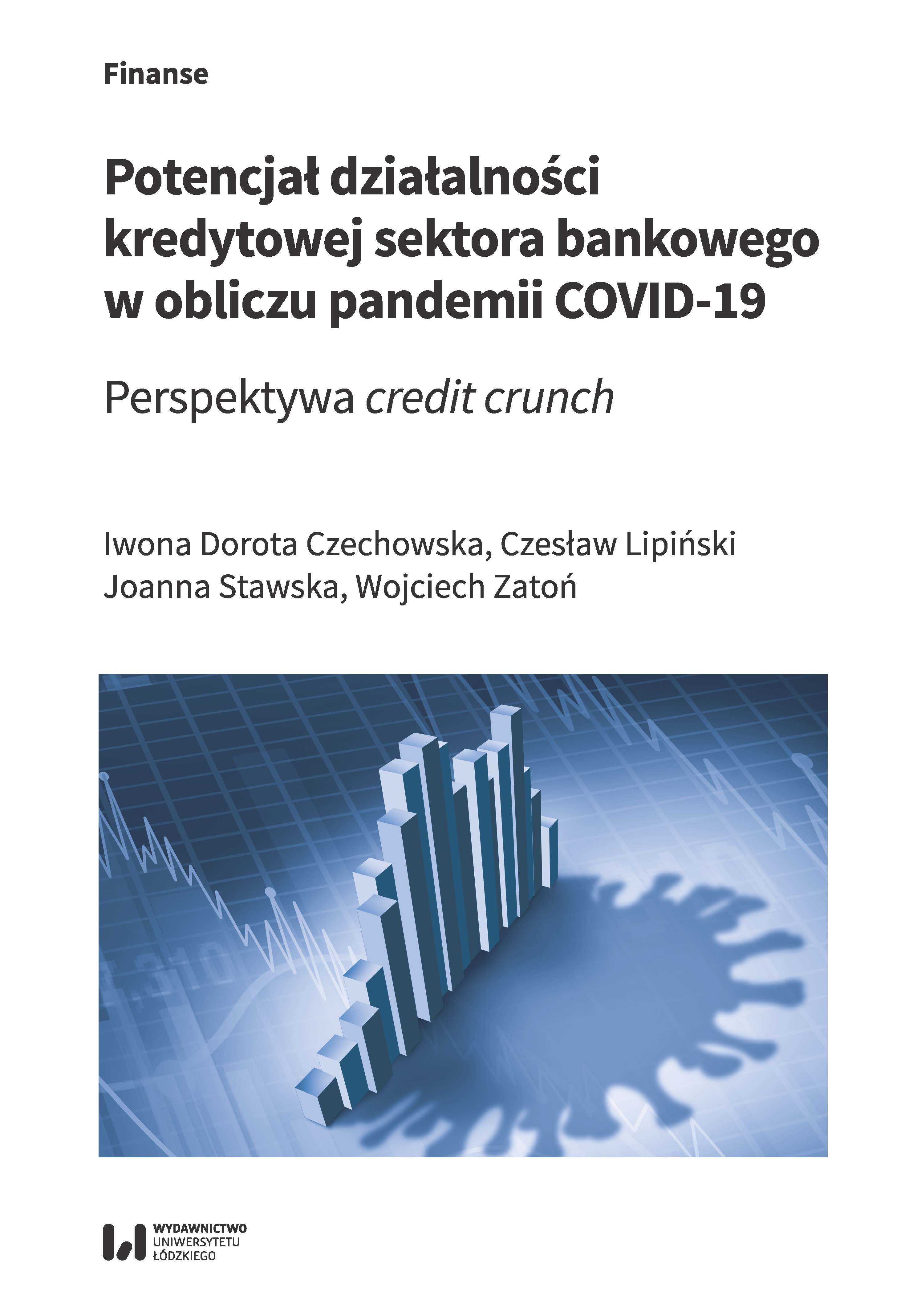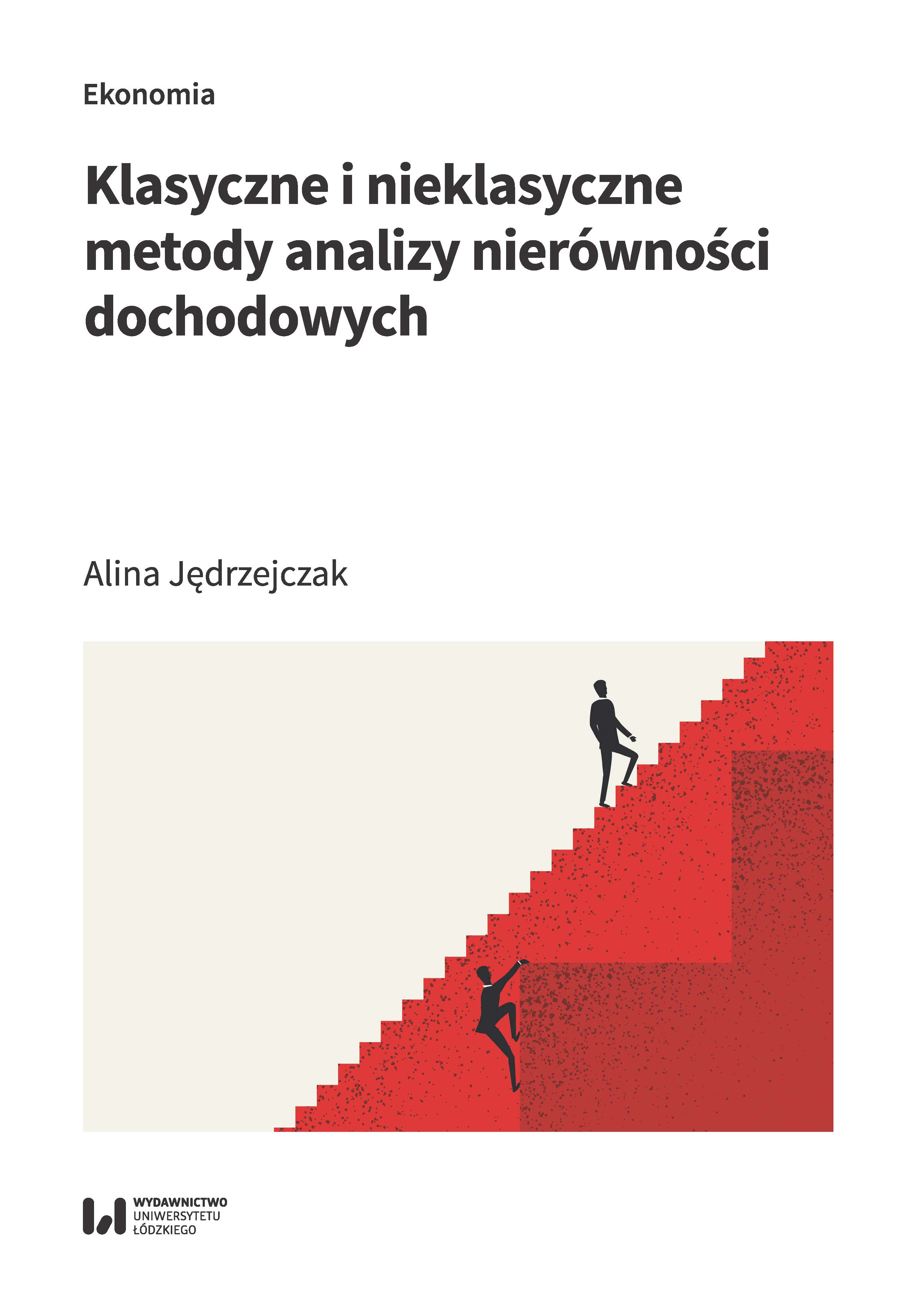
THE COMPARISON OF FUNDS ALLOCATION UNDER THE REGIONAL OPERATIONAL PROGRAMMES IN 2007–2013 AND 2014–2020 PROGRAMMING PERIODS
The Intraregional policy comprises actions taken by the regional self-government authorities and their agencies which influence the processes of socio-economic development taking place in the region. Due to the volume of funds involved, the Regional Operational Programmes (ROPs) can be regarded as the most important instrument of intraregional policy in Poland (in the programming period 2007-2013 voivodeships received 16,6 billion of Euro and in the current programming period 2014-2020 the planned allocation amounts to 31 billion Euro). The primary objective of this study is to characterize and compare the distribution of Polish voivodeships’ operational programmess funds in 2007-2013 and 2014-2020 programming periods for different categories of intervention to find out if any patterns of allocation exist. The results of this study will be used in further authors’ investigations concerning the degree of adequacy of voivodeships’ funds allocation to the needs and potentials of the region (smart specialization policy approach).
More...
